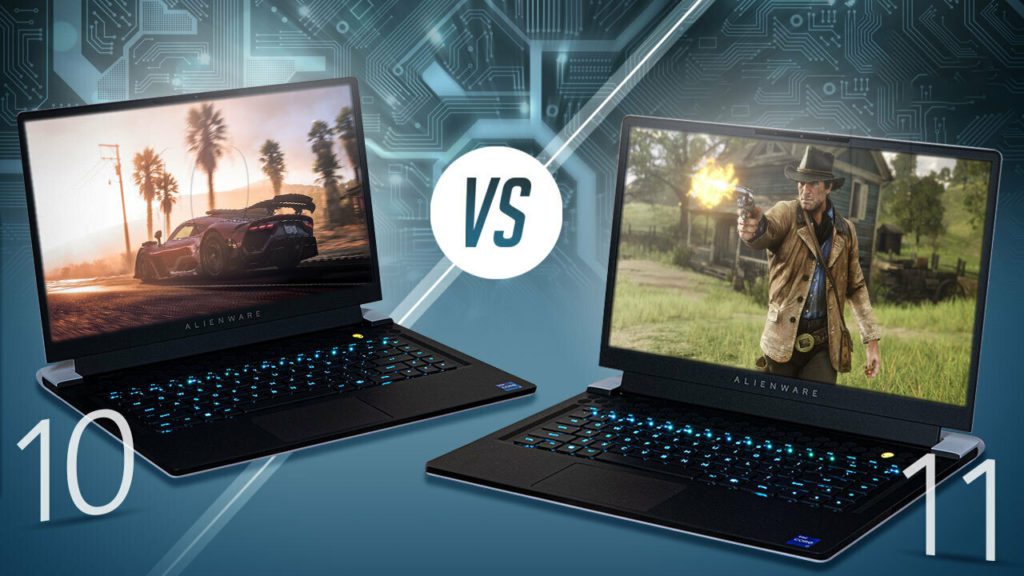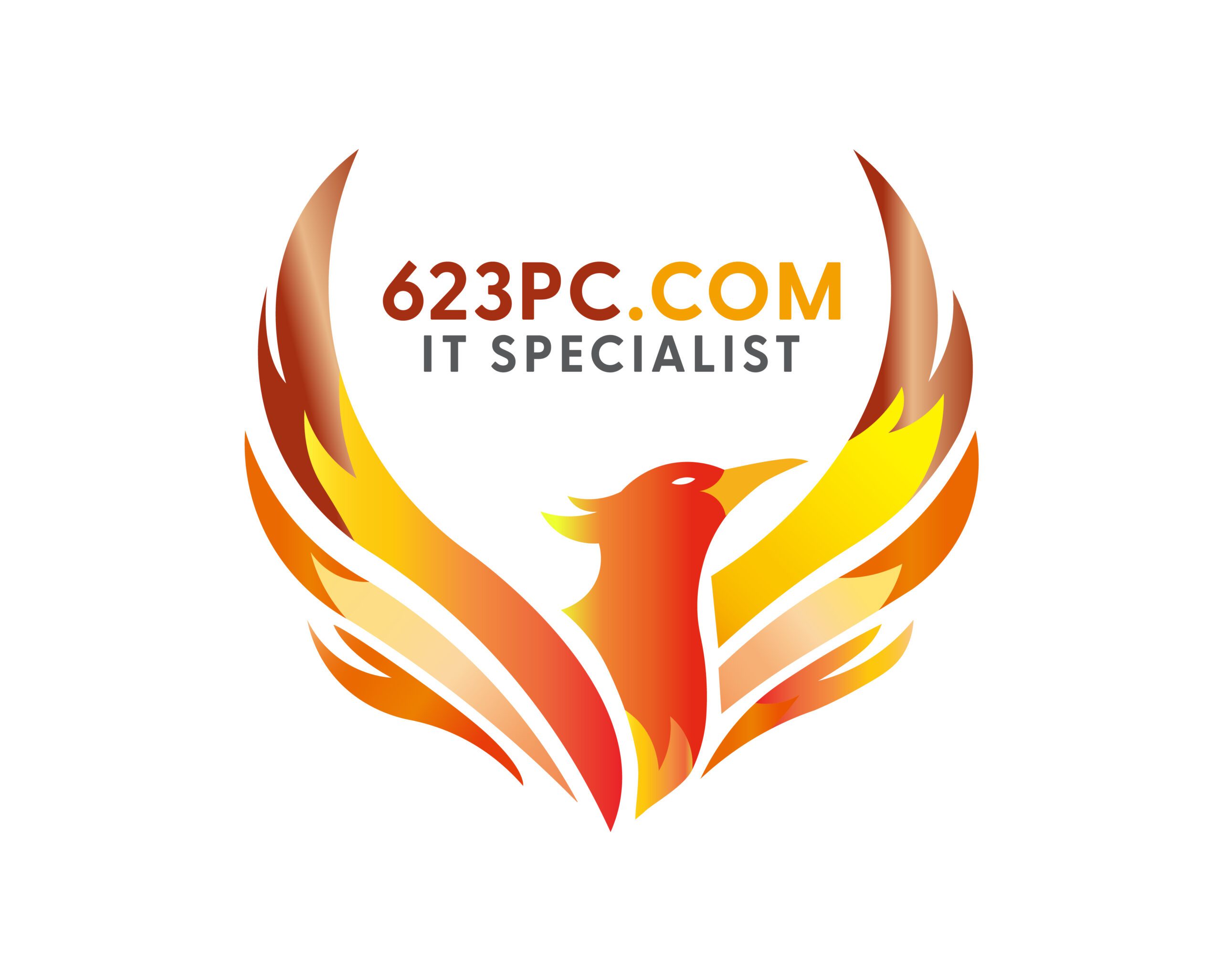Thinking about moving to Windows 11 ? Not so fast !
Once upon a time, in a world of technology, people were thrilled when a new operating system was released. However, this did not apply when Windows 11 came to the market. Windows 10, the seemingly outdated operating system, remained the favorite among many tech enthusiasts…including me. Here’s why…

First, Let me start out with this important fact. Windows 11 has been proven to be incompatible with many devices, including newer and older models. This incompatibility has led to many users being unable to upgrade to the new operating system, leaving them stuck with outdated software. Windows 10, on the other hand, is compatible with most devices, and users can enjoy the benefits of the operating system regardless of their device’s age.
Second, Windows 11 has a new interface that is sleek and modern. However, this interface has caused many users to struggle with navigation and accessing features that were easy to find in Windows 10. The familiar interface of Windows 10 makes it easy to find what you need, without having to spend hours figuring out where everything is.
Third, Windows 11 comes with many unnecessary pre-installed applications that cannot be uninstalled. This has led to many users complaining about the limited storage space on their devices, not to mention the valuable resources that it consumes. In contrast, Windows 10 comes with only essential applications, leaving users with more storage space for their files and other important software.
Fourth, As of this writing, the fairly new operating system has many bugs that need to be fixed. Windows 11 users have reported crashes and other issues that were not present in Windows 10. This has led to frustration and time wastage for many users who are forced to deal with these issues.
Last, but certainly not least, Windows 10 is generally more stable and reliable than Windows 11. This is because Windows 10 has been around for much longer, and many of the bugs and issues have already been fixed. Windows 11 is still in its early stages, and many of these issues are still being discovered.
In conclusion, In my 30+ years of IT experience, it is my belief that Windows 10 remains superior to Windows 11. Its compatibility, familiarity, and stability make it a favorite among users. So, let’s stick to the tried and tested, and enjoy the benefits of Windows 10.
NEED YOUR LAPTOP OR DESKTOP RE-LOADED WITH WINDOWS 10 ?
WE CAN DO IT FOR YOU IN AND HOUR OR LESS FOR ONLY $39 ?
Complete this quick 3-question form below. We will contact you ASAP.


No comment yet, add your voice below!